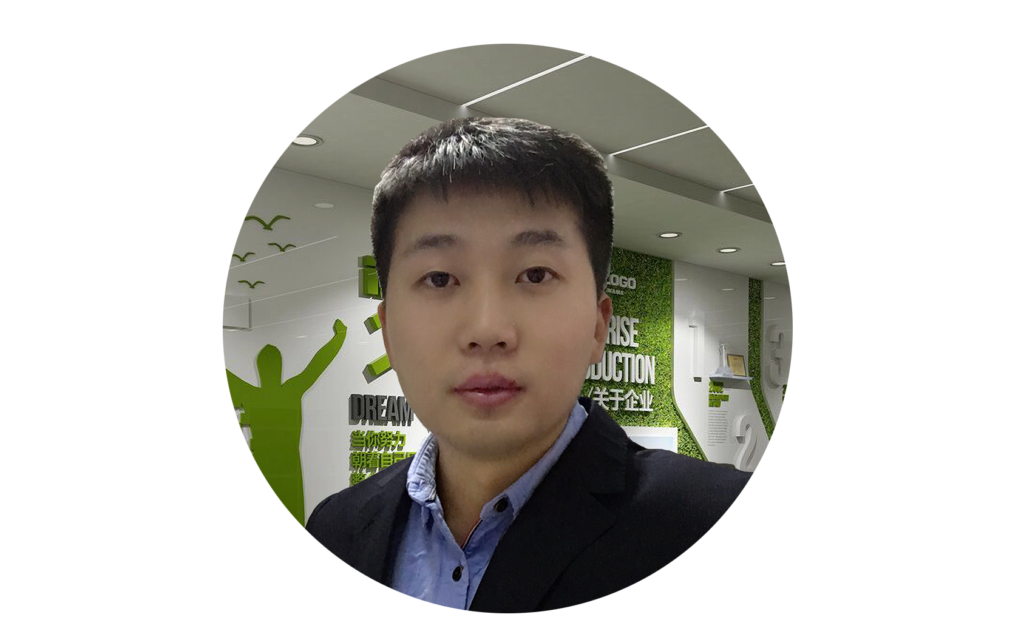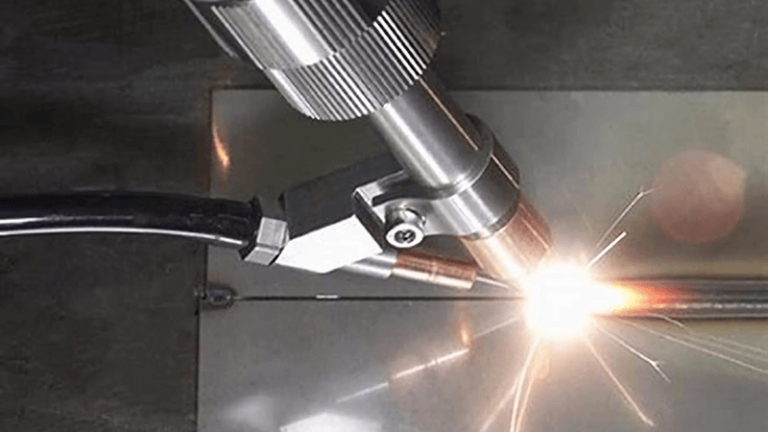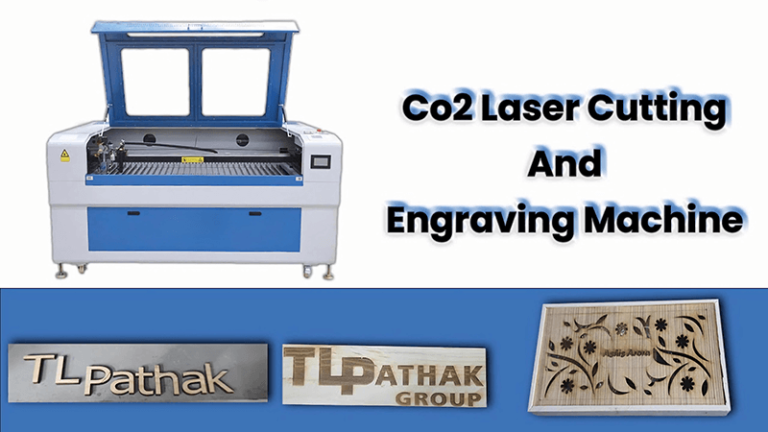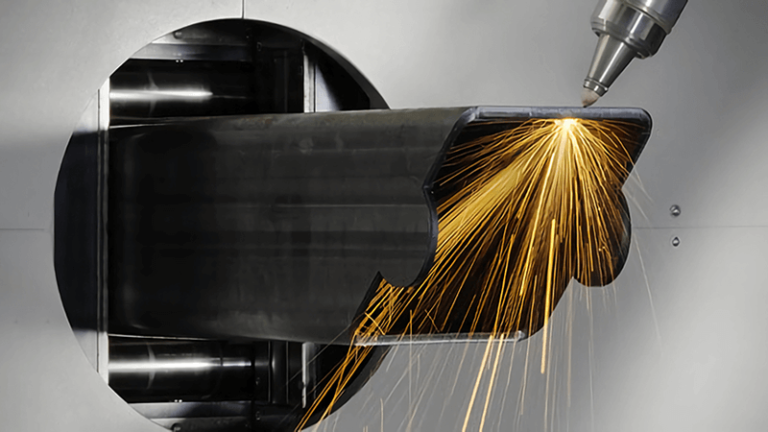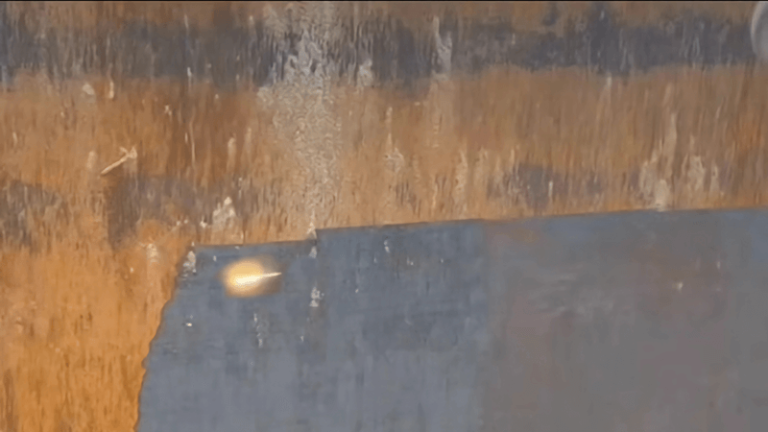Cleaning a micrometer-level gear with sandpaper is like carving glass with a shovel. It never ends well.
A laser cleaning machine removes rust, oil, or oxide with light. The beam hits only the dirt. The base metal stays cool and scratch-free.
Precision gear makers lose money when a burr or film forces a line shut. Kirin Laser lets them switch on a pulsed laser, watch the stain vanish, and keep the spindle turning.

How do laser cleaning machines work?
Pain. Agitation. Solution. Dust and grease cling to a part like barnacles. Blast media strips the barnacles but also gouges the hull. My pulsed laser takes a different path. It puts the bond under thermal shock until the bond lets go.
Laser cleaning machines fire rapid bursts of high-energy light. Each burst heats the contaminant faster than the substrate, so the layer lifts off and exits as plasma or dust.
The inner playbook of a pulsed laser
Physics of Pulsed Ablation
The pulse lasts 10–100 ns. Energy density passes 1 J cm-²1. Rust absorbs, superheats, and explodes into vapor. Metal reflects most of the light and stays below 50 °C.
Beam Delivery
A galvo head steers the spot at up to 7 m s-¹. I tune the hatch angle so each line overlaps by 10 %. That erases stripes and keeps fluence even.
Smart Sensing
Our machines read backscatter and tweak power in 1 ms. When the sensor sees bare metal reflectance jump, the software cuts power to avoid pitting.
| Parameter | Typical Value | Impact on Precision Part |
|---|---|---|
| Pulse width (ns)2 | 20 – 60 | Short width = minimal heat zone |
| Spot size (mm) | 0.05 – 0.3 | Smaller spot = finer detail |
| Scan speed (m s-¹)3 | 2 – 7 | High speed = low total heat input |
| Overlap (%) | 5 – 15 | Uniform pass, no tiger stripes |
| Peak power (kW) | 50 – 200 | Enough to strip oxide instantly |
A watch-dial maker used to lose 3 % of dials to faint scratches from ultrasonic baskets. After moving to our 120 W pulsed unit, rejects dropped below 0.2 %. The process paid for itself in six months.
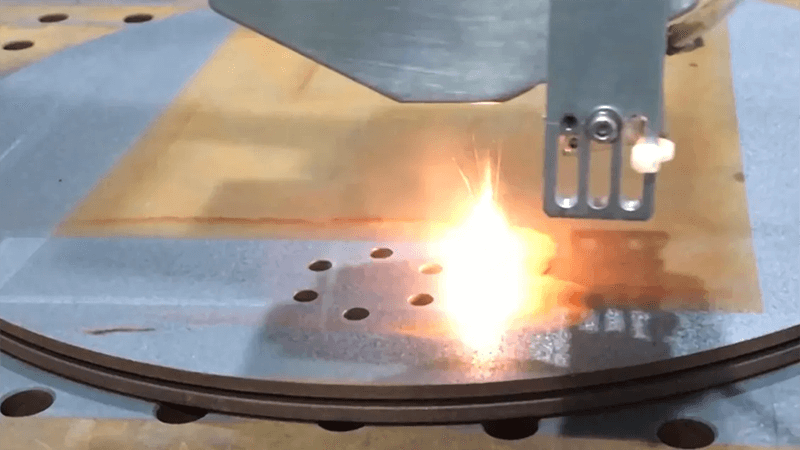
What is the principle of laser cleaning?
Fear of damage keeps many engineers from trying lasers. They picture molten edges. In reality, the cleaning principle rides on selective absorption—the dirt takes the heat, not the part.
Laser cleaning relies on laser ablation. The contaminant absorbs energy, heats, expands, and detaches faster than the substrate can react. Photothermal, photomechanical, and photochemical effects all play roles.
Three pillars of spotless ablation
1. Photothermal Lift4
Oil films reach 300 °C in microseconds, flash, and leave no soot. The base steel barely warms. Infrared cameras prove a ΔT under 20 °C.
2. Photomechanical Shock5
Paint layers pop when internal pressure spikes. The shock wave helps lift stubborn epoxy from aluminum molds.
3. Photochemical Break6
Organic coatings break molecular chains under UV pulses. This cuts residue that thermal energy alone cannot clear.
| Material | Absorption at 1064 nm | Absorption at 532 nm | Cleaning Strategy |
|---|---|---|---|
| Iron Oxide (rust) | 55 % | 68 % | Nd:YAG, 10 ns pulses |
| Hydrocarbon Oil | 72 % | 80 % | 355 nm UV, 8 ns pulses |
| Aluminum Alloy | 5 % | 9 % | Low fluence, larger spot |
| Titanium Oxide | 62 % | 70 % | Short burst, high overlap |
Because absorption varies, I choose wavelength before power. A medical stent in nitinol cleans best at 532 nm. A cast-iron mold prefers 1064 nm. The right match keeps heat low and throughput high.

What are the methods of laser cleaning?
CW or pulsed is only page one. Real-world cleaning mixes scan patterns, burst modes, and assist gases. At Kirin Laser I build systems that switch modes on the fly because no two parts collect dirt the same way.
The main cleaning modes are continuous-wave (CW), pulsed, burst-pulsed, and hybrid scanning. Each balances power, heat, and speed for a specific precision task.
A toolkit of light
Continuous-Wave Mode
A steady beam sweeps across the part. I keep power below 300 W for fine work. For heavy carbon, I raise power and add nitrogen to blow debris away.
Pulsed Mode7
Short bursts reach peak power of 100 kW but average less than 200 W. Great for micro-molds and gears.
Burst-Pulsed Mode8
We split each macro-pulse into micro-bursts. This removes oxide in layers and lets trapped gas escape. It halves the chance of micro-cracking on chrome.
Hybrid 2-Step9
First a low-power CW wash removes loose dust. Then a high-energy pulse strips the oxide. One line. Two physics regimes. One spotless surface.
| Mode | Duty Cycle | Peak Power | Heat Zone | Best Use Case |
|---|---|---|---|---|
| CW | 100 % | 0.6 kW | Wide | Heavy rust on large casting |
| Pulsed | < 0.5 % | 100 kW | < 5 µm | Precision molds, sensors |
| Burst-Pulsed | 1 – 5 % | 50 kW | Layered | Hard oxide, chrome dies |
| Hybrid | mixed | mixed | tuned | Mixed contaminants, layered PCB |
An optics lab tested our burst mode on brass lens mounts coated with lacquer. The lacquer peeled in sheets, brass shone, and the mounts stayed within 2 µm flatness spec. Acid baths had warped them by 15 µm before.
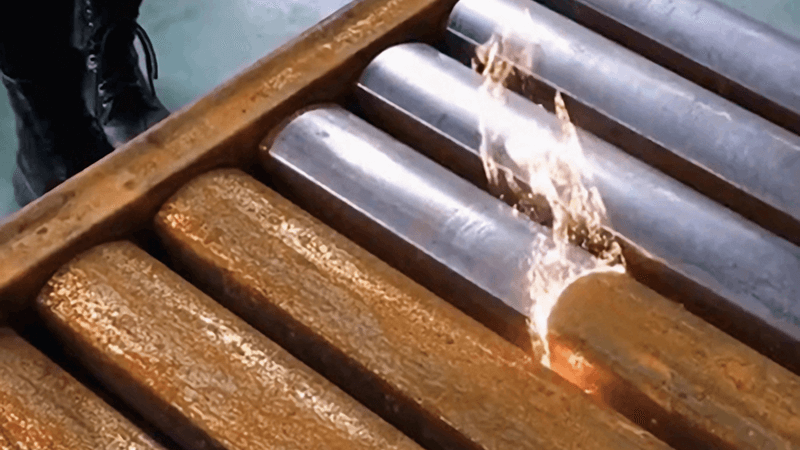
How does laser deep cleaning work?
Some residues hide in pores or micro-cracks. Surface-only passes miss them. Deep cleaning reaches inside without grinding away substrate. This is where precision meets persistence.
Laser deep cleaning combines layer-by-layer ablation, dynamic focus, and closed-loop sensing to remove embedded residues while protecting geometry.
Going below the surface
Layer Strategy
I set fluence just above the ablation threshold. Ten passes remove 2 µm each. After each pass, the sensor checks reflectance. If rust still shows, the system runs another pass.
Dynamic Focus
A piezo Z-stage shifts focus 50 µm per millisecond. The beam stays sharp in grooves or blind holes. Machined hydraulic blocks clean in one setup.
Gas Assist
Argon blows plasma away. It also blocks oxygen so the fresh metal does not re-oxidize mid-process.
| Step | Control Parameter | Quality Guardrail |
|---|---|---|
| Pass Count | 8 – 15 | Stop when reflectance stabilizes10 |
| Fluence (J cm-²) | 0.8 – 1.2 | < 1.2 avoids melting |
| Focus Shift (µm) | 20 per pass | Ensures beam waist on true surface |
| Gas Flow (L min-¹) | 15 – 25 argon | Keeps oxidation under 1 Å/min |
Cost and ROI
A traditional micro-blasting cell costs \$0.10 per part but leaves 3 % scrap. Our deep-clean cell11 runs at \$0.05 and cuts scrap to 0.2 %. On 50 000 parts a year, that’s \$20 000 saved plus 1 000 extra saleable units.
One aerospace client reports that ultrasonic acid dips took 40 minutes per alloy sensor. Our 200 W deep-clean recipe finishes in 4 minutes. They reallocated one full-time technician to other tasks.

Conclusion
Laser cleaning12 solves the timeless clash between thorough cleaning and gentle handling. By tuning wavelength, pulse, and scan, I remove only what you hate—rust, oil, oxide—and keep what you love: tight tolerances and flawless finishes. From watch gears to aerospace sensors, Kirin Laser systems bring contact-free, chemical-free, and stress-free cleaning that pays back fast and keeps precision equipment in motion.
-
Understanding energy density is crucial for optimizing pulsed ablation processes, enhancing efficiency and precision in applications. ↩
-
Exploring pulse width effects can help improve laser ablation techniques, leading to better outcomes in various manufacturing processes. ↩
-
Investigating scan speed can reveal its influence on heat input and precision, essential for achieving high-quality results in laser applications. ↩
-
Explore this link to understand the innovative process of Photothermal Lift and its applications in cleaning technologies. ↩
-
Discover the importance of Photomechanical Shock in removing stubborn materials and its role in modern cleaning techniques. ↩
-
Learn about Photochemical Break and its effectiveness in breaking down organic coatings, enhancing cleaning efficiency. ↩
-
Learn about the advantages of Pulsed Mode for precision applications, including its effectiveness in micro-molds and sensors. ↩
-
Explore this link to understand how Burst-Pulsed Mode effectively removes oxide layers and minimizes micro-cracking, enhancing surface quality. ↩
-
Discover the benefits of the Hybrid 2-Step process for achieving spotless surfaces by combining low-power and high-energy techniques. ↩
-
Understand the significance of reflectance stabilization for achieving optimal cleaning results in laser applications. ↩
-
Explore how deep-clean cells can enhance efficiency and reduce costs in manufacturing processes. ↩
-
Find the best laser cleaning solutions, and click this link to get your best laser cleaninng product for your business. ↩

